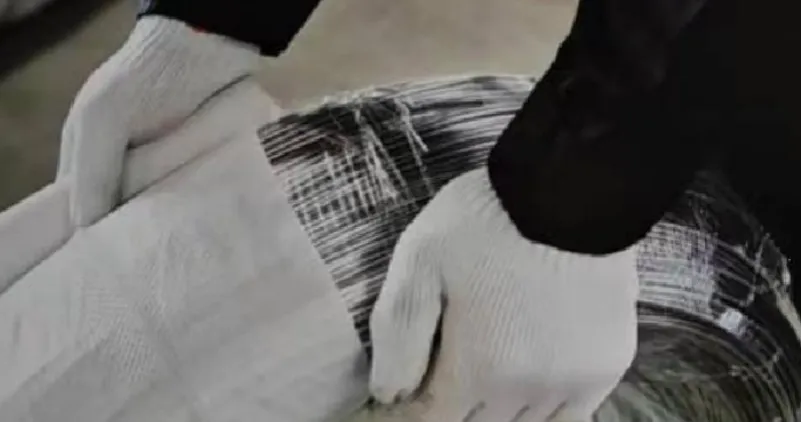-
 Phone:
Phone: -
 Email:
Email:

tie wire steel
Understanding Tie Wire Steel Essential Material in Construction and Craft
Tie wire steel is a fundamental component in the construction and manufacturing sectors, playing a crucial role in reinforcing structures and creating products that require a strong yet flexible wire. This galvanized steel wire serves numerous functions, especially in the construction industry, where its durability and reliability are paramount. In this article, we will explore the properties, applications, and advantages of tie wire steel.
Properties of Tie Wire Steel
Tie wire steel is typically made from high-quality steel that is either galvanized or black. Galvanization involves coating the steel with a layer of zinc to prevent rusting and corrosion, enhancing its longevity when exposed to environmental elements. The wire is available in various diameters, commonly ranging from 16 gauge (1.6 mm) to 22 gauge (0.8 mm), affording versatility for different applications.
One of the key properties of tie wire steel is its excellent tensile strength, enabling it to withstand significant pulling forces without breaking. This quality makes it suitable for binding and tying materials together in various constructions. Additionally, tie wire exhibits good flexibility, allowing it to be easily manipulated and twisted without losing its structural integrity.
Applications of Tie Wire Steel
The applications of tie wire steel are diverse but are primarily concentrated in the construction and manufacturing industries
. Some of the most prevalent uses of tie wire steel include1. Reinforcement In construction, tie wire is predominantly used to bind rebar (reinforcing steel bars) together. It secures the bars in place during the pouring of concrete, ensuring that the structure maintains its structural integrity as it cures.
2. Fencing Tie wire is often employed in the establishment of fencing systems. It is used to attach wire meshes to posts or frames, forming secure barriers for agricultural fields, residential areas, and commercial properties.
3. Craft and Art Projects Artisans and crafters utilize tie wire steel for various DIY projects. Its flexibility makes it ideal for creating sculptures, decorative items, and other craft-related uses.
tie wire steel

4. Packaging In the packaging industry, tie wire is used to bundle products together securely. It can be used for closing bales of wire or for binding materials such as fabric and plastic.
5. Electrical Work Tie wire's capability to conduct electricity makes it useful in certain electrical applications, such as connecting or securing electrical components.
Advantages of Tie Wire Steel
The benefits of utilizing tie wire steel in various applications are numerous
- Durability The galvanized finish provides superior protection against corrosion, ensuring the wire maintains its strength over time, especially in outdoor conditions.
- Cost-Effective Tie wire steel is relatively inexpensive compared to other materials, making it an economical choice for contractors and manufacturers.
- Ease of Use Its light weight and malleability facilitate easy handling and manipulation, reducing time and effort required for task completion.
- Versatility With a wide range of diameters and strengths available, tie wire steel can be adapted to suit multiple applications, from residential projects to large-scale industrial uses.
Conclusion
In summary, tie wire steel is an indispensable material in numerous industries, particularly in construction and manufacturing. Its properties of durability, strength, and flexibility make it suitable for a variety of applications, from reinforcing concrete structures to aiding in creative projects. The advantages it offers, such as cost-effectiveness and ease of use, further solidify its status as a critical component in modern building and crafting practices. Understanding the significance of tie wire steel not only assists professionals in making informed material choices but also highlights the importance of this seemingly simple yet remarkably versatile product in our daily lives.
-
Wire Mesh for Every Need: A Practical SolutionNewsJul.25,2025
-
Steel Fences: Durable, Secure, and Stylish OptionsNewsJul.25,2025
-
Roll Top Fencing: A Smart Solution for Safety and SecurityNewsJul.25,2025
-
Cattle Farm Fencing Solutions for Maximum SecurityNewsJul.25,2025
-
Affordable Iron Binding Wire SolutionsNewsJul.25,2025
-
Affordable Galvanized Wire SolutionsNewsJul.25,2025
-
Wire Hanger Recycling IdeasNewsJul.25,2025








